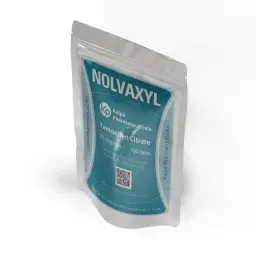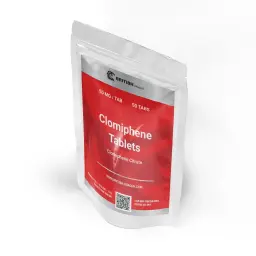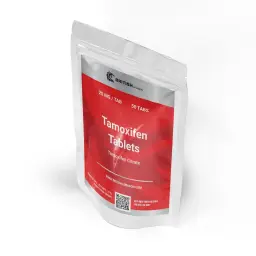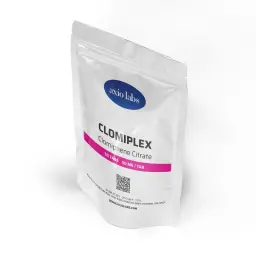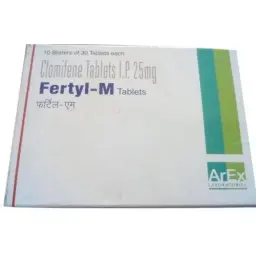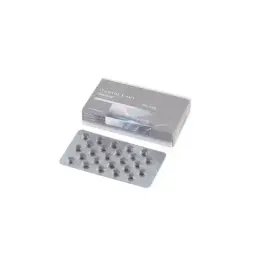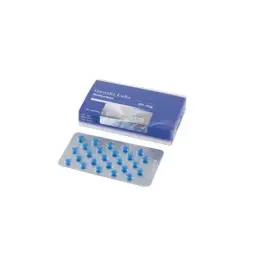SERMs (36 Offers)
Browse pharmaceutical-grade SERMs for sale including Nolvadex, Clomid, and Raloxifene. Trusted anti-estrogens for post-cycle therapy and hormone balance.
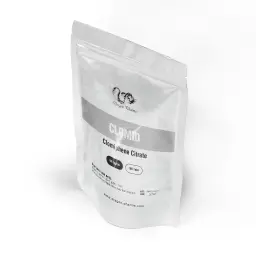
CLOMIPHENE CITRATE 50 MG TABS
Drug Class: Selective Estrogen Receptor Modulator; Progonadotropin
Composition:
- Active Substance: Clomiphene Citrate
- Concentration: 50 mg/tablet
Presentation: 100 tablets
Manufacturer: Dragon Pharma
Tested in Laboratory: View Lab Report

ENCLOMIPHENE 25 MG TABS
Drug Class: Selective Estrogen Receptor Modulator
Composition:
- Active Substance: Enclomiphene
- Concentration: 25 mg/tab
Presentation: 100 tabs
Manufacturer: Dragon Pharma
Tested in Laboratory: View Lab Report
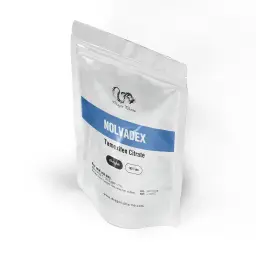
TAMOXIFEN CITRATE 20 MG TABS
Drug Class: Selective Estrogen Receptor Modulator
Composition:
- Active Substance: Tamoxifen Citrate
- Concentration: 20 mg/tablet
Presentation: 100 tablets
Manufacturer: Dragon Pharma
Tested in Laboratory: View Lab Report
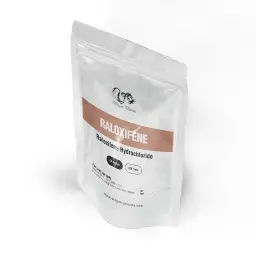
RALOXIFENE HYDROCHLORIDE 60 MG TABS
Drug Class: Selective Estrogen Receptor Modulator
Composition:
- Active Substance: Raloxifene Hydrochloride
- Concentration: 60 mg/tablet
Presentation: 100 tablets
Manufacturer: Dragon Pharma
Tested in Laboratory: View Lab Report

CLOMIPHENE CITRATE 50 MG TABS
Drug Class: Selective Androgen Receptor Modulator
Composition:
- Active Substance: Clomiphene Citrate
- Concentration: 50 mg/tab
Presentation: 100 tabs
Manufacturer: Stealth Labs USA
Tested in Laboratory: View Lab Report
Shipped Without Label!

TAMOXIFEN CITRATE 40 MG TABS
Drug Class: Selective Androgen Receptor Modulator
Composition:
- Active Substance: Tamoxifen Citrate
- Concentration: 40 mg/tab
Presentation: 100 tabs
Manufacturer: Stealth Labs USA
Tested in Laboratory: View Lab Report
Shipped Without Label!
SERMs for Sale – Buy Clomid, Nolvadex & Raloxifene for PCT
Selective Estrogen Receptor Modulators, or SERMs, are essential compounds used during post-cycle therapy (PCT) to restore natural testosterone production and block estrogenic side effects. At RoidsMaLL, we offer pharmaceutical-grade SERMs for sale, including Clomid (Clomiphene Citrate), Nolvadex (Tamoxifen Citrate), and Raloxifene.
Why Bodybuilders Use SERMs
After completing a steroid cycle, testosterone levels drop significantly. SERMs bind to estrogen receptors in the hypothalamus and pituitary gland, tricking the body into increasing natural testosterone production via LH (luteinizing hormone) and FSH (follicle-stimulating hormone). They are critical for:
- ✅ Boosting natural testosterone production
- ✅ Preventing gynecomastia and estrogen rebound
- ✅ Preserving muscle gains post-cycle
- ✅ Supporting libido and hormonal balance
Top SERMs Available
- Tamoxifen Citrate (Nolvadex) – Blocks estrogen at the receptor level. Used for gynecomastia prevention and recovery support.
- Clomiphene Citrate (Clomid) – Stimulates LH/FSH release. Commonly used as a core PCT compound.
- Raloxifene – Newer SERM option. May offer reduced side effects while supporting estrogen control.
SERM Usage in Post-Cycle Therapy
A typical PCT protocol involves Clomid at 50 mg/day for 2–4 weeks, often alongside Nolvadex at 20 mg/day. Dosage may vary depending on the compounds used during cycle. SERMs can be stacked with aromatase inhibitors (AIs) for more complete hormonal recovery.
Buy SERMs from a Trusted Source
At RoidsMaLL, you'll find only authentic and lab-tested SERMs for sale, sourced from trusted manufacturers like Dragon Pharma, Kalpa Pharmaceuticals, and Stealth Labs. Products ship discreetly and securely with international and USA domestic options available.
Support your recovery and protect your long-term results with our range of legit SERMs. Whether you're coming off testosterone, trenbolone, or other compounds, Clomid and Nolvadex remain your best allies for hormonal balance and post-cycle recovery.





